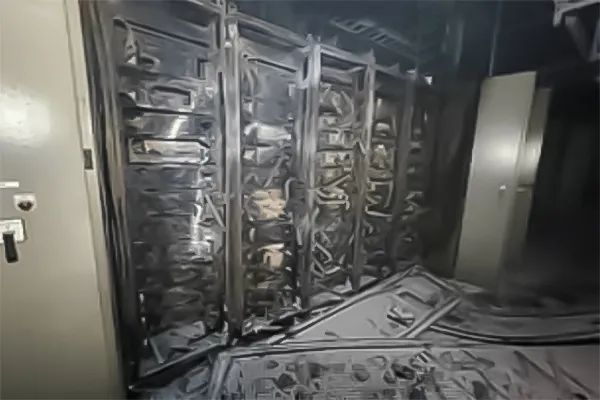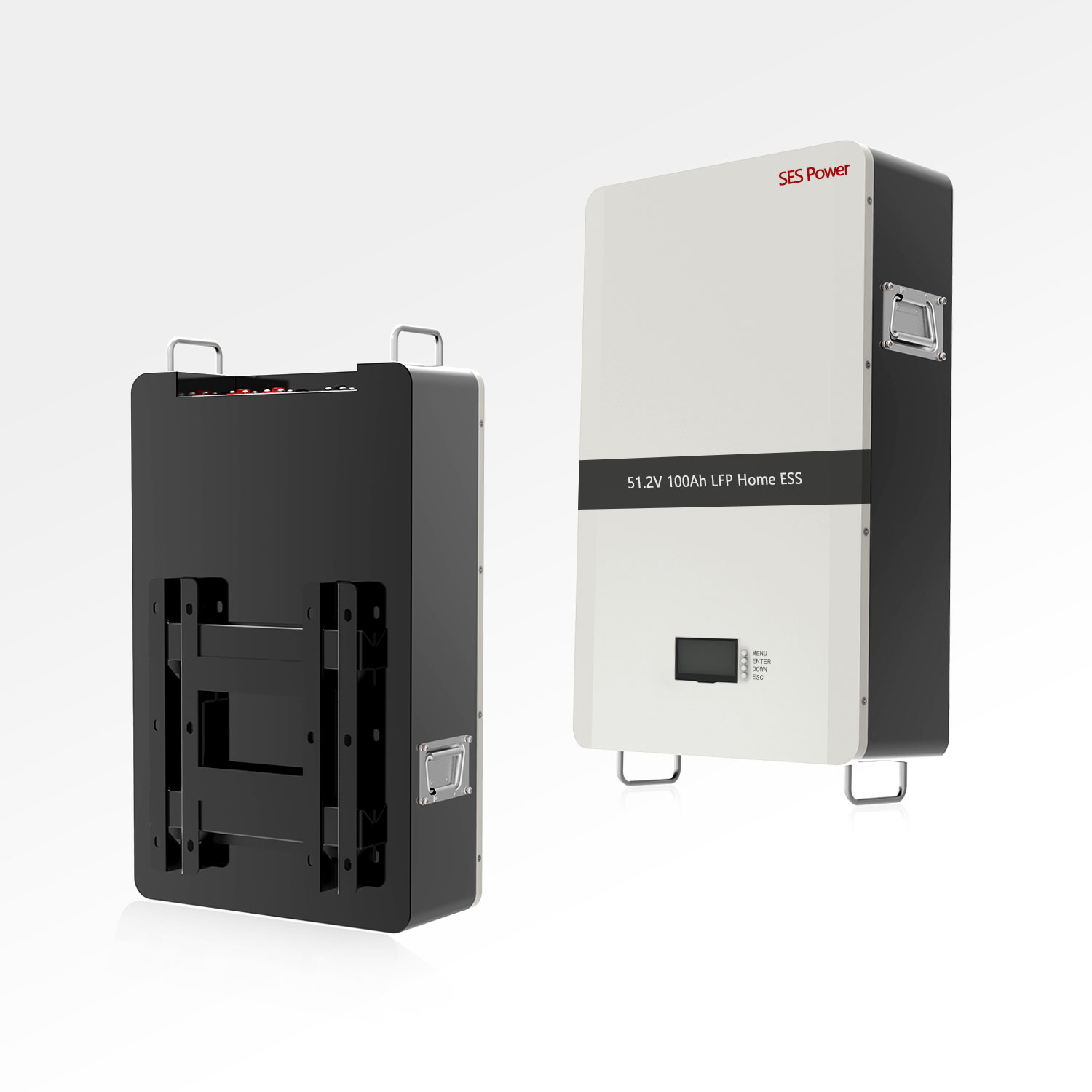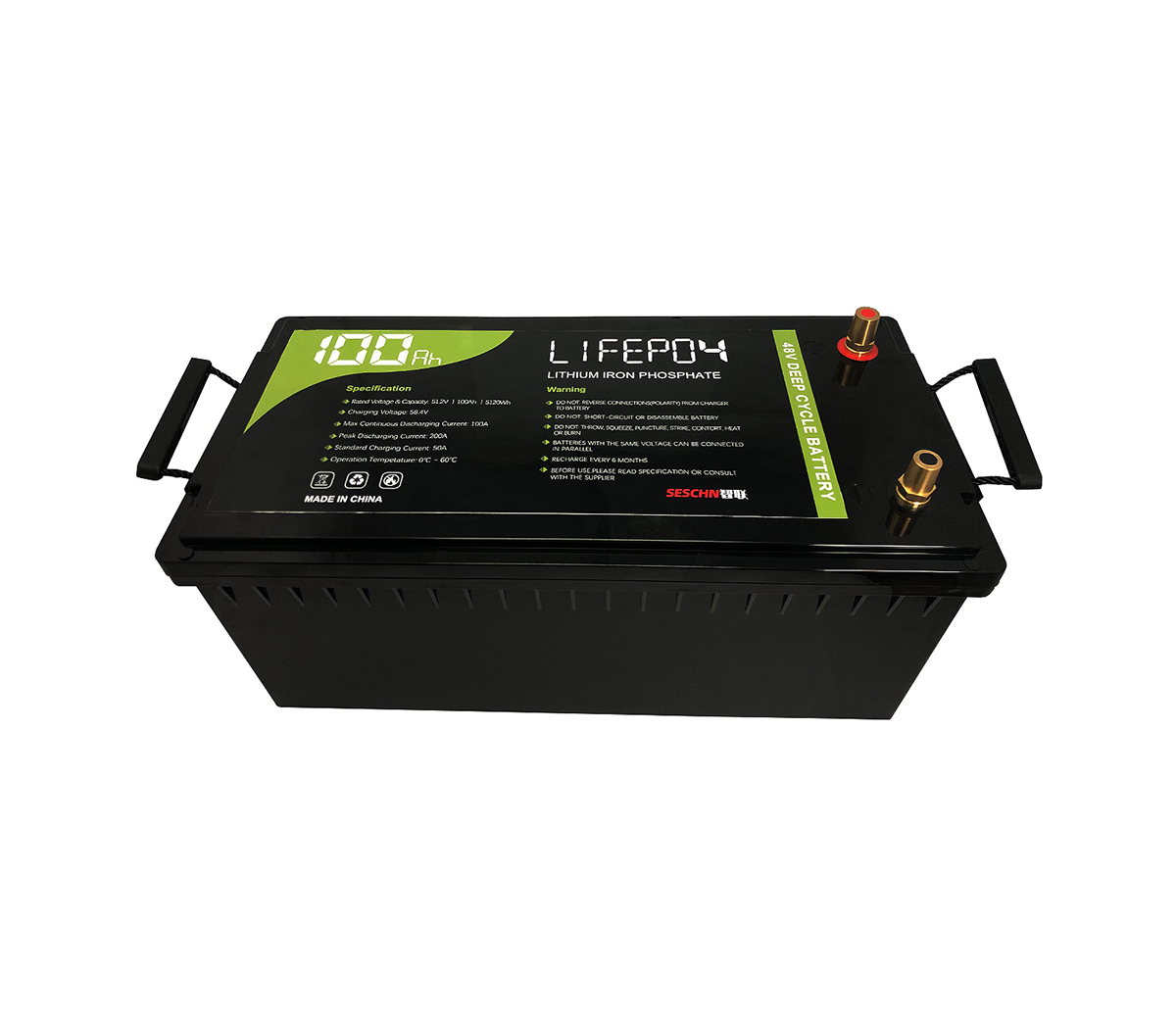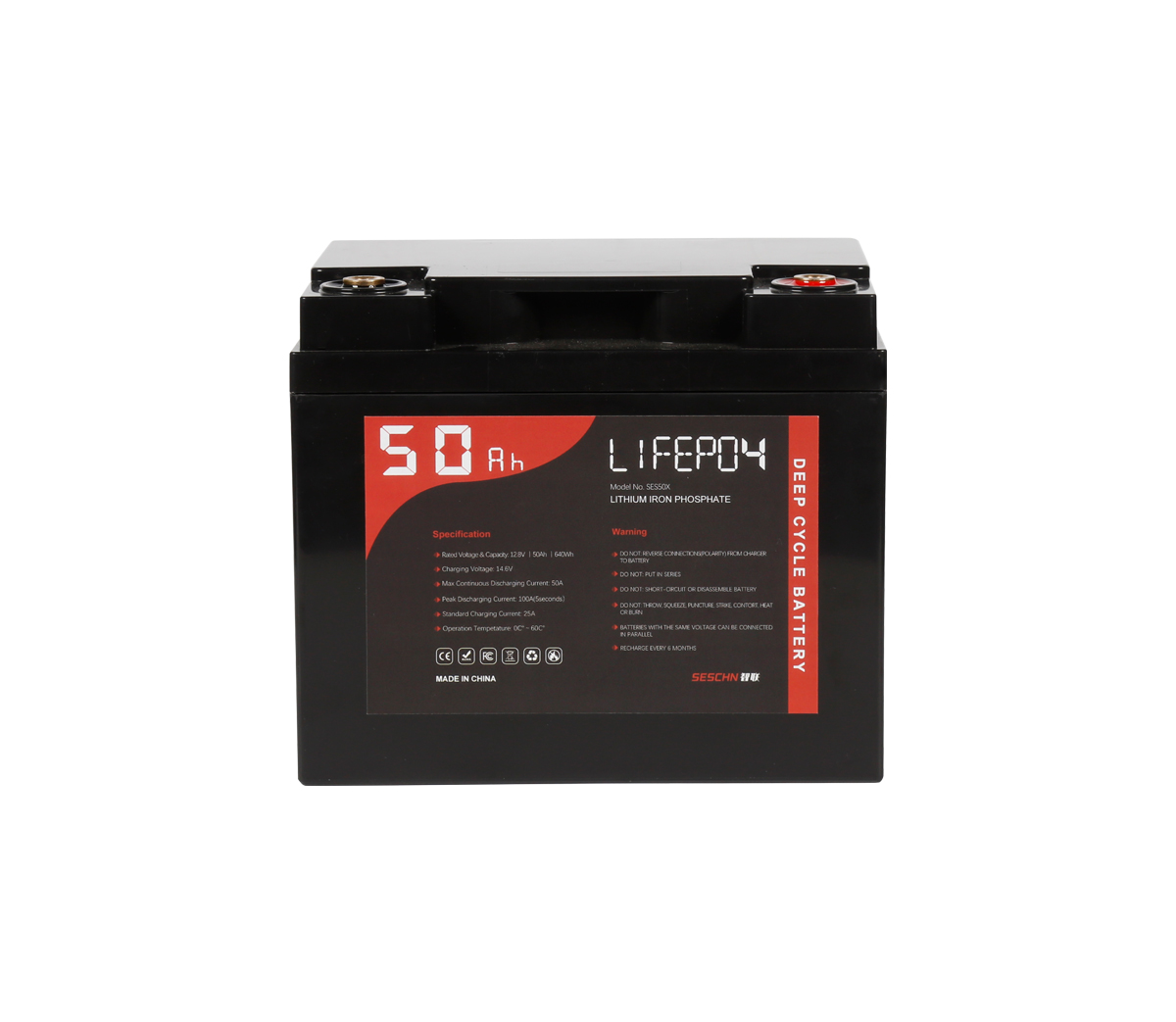Safety is always the most important topic for Li-ion battery systems and it is the key to whether Li-ion batteries can fully replace lead-acid or NiMH or NiCr batteries.
On October 15, a major data center in South Korea lost power due to a battery fire, resulting in the disruption of services for Naver and Kakao, two of Korea's Internet giants, and severely affecting almost all sectors of Korean finance and transportation! A catastrophic event unprecedented in the history of Korean data centers!

(Screenshot from 국민일보)
The fire accident occurred at 3:19 p.m. on October 15 in the electrical room on the 3rd basement level of Building A of SK's data center. This is a data center jointly built by SK and IBM to manage the data of core platform operators such as SK Telecom, Kakao, and Naver. The accident directly caused Kakao Group's share price to fall by 4-5% and its market value to evaporate by 2 trillion won (about $1.6 billion USD).

According to relevant surveillance, the fire originated from battery equipment in the electrical room on the 3rd floor of the data center building. Sources said that lithium-ion batteries in the electrical room were stacked in the form of five battery racks, and one of the batteries generated a spark and started a fire when the incident occurred, followed by the activation of automatic fire extinguishing equipment and spraying of gas.
After the fire, power also began to fail. At 3:33 p.m., the power supply to some of the servers in the data center was cut off. At 4:52 p.m., the fire department said, "Water must be used to extinguish the fire, there is a risk of short circuit, please cut off the power." As a result, the data center operator, SK C&C, cut off power to the entire data center. At this point, all server functions in the data center were stopped.
After the power supply to the entire data center was shut down due to the fire, the uninterruptible power supply (UPS) was turned on for about 30 minutes. But then, as the fire spread further, the UPS also caught fire.
Police determined that the fire started first in the battery in the electrical room, not near the UPS room. The fire department analyzed that when the entire data center lost power due to the fire, the UPS was also out of service and not functioning properly.
The initial identification by the JIG indicates that the fire was estimated to have started inside the battery module, and as of now, the exact cause of the spark from the battery is unclear, with some researchers suggesting, "There could be a problem with the battery itself or an error in the overcharge protection device."
The joint investigation team speculates that the battery, the defect in the rack itself, and the distribution line problem may be the cause of the accident, and the relevant Korean authorities will conduct an accurate assessment of the collected battery modules, which is expected to take more than three weeks.
After eight hours, the fire was finally extinguished at around 11:46 p.m. on the 15th. Although the accident did not cause any casualties, news showed that all the batteries were destroyed in the blaze. The accidental lithium battery fire, in particular, also brought an unprecedented Internet disaster to almost all of South Korea.
Although SKC&C said it conducted emergency restoration efforts within 24 hours to restore normal power supply throughout, it still failed to prevent the fire from developing into a nationwide incident. The data center's power lines were interconnected, so it was impossible to prevent the risk of short circuits simply by stopping power to specific locations. As a result, the fire department said it had taken measures to immediately shut down the data center for safety reasons, including preventing short circuits.
However, this action caused a complete shutdown of the Internet and various industries in Korea! The largest customer of the data center where the incident occurred, the Korean Internet portal Naver and Kakao, Korea's leading communications software, lost service for a full day, which in turn affected all sectors, including finance and transportation.
KakaoTalk is the most widely used mobile communication tool in Korea, offering a variety of services including maps, online payments, taxi rides and games. With 43-47 million active users, KakaoTalk is the "national communication infrastructure" in Korea. The paralysis of KakaoTalk's online services caused by the fire resulted in the failure of its instant messaging, mobile payment, online transactions, online maps and taxi services, which not only caused inconvenience to users in their daily lives and businesses, but also affected many self-employed businesses nationwide that rely on the Kakao platform and took their customers offline. The turnover of many retail companies was damaged.
It took 10 hours after the incident for KakaoTalk to restore some of its mobile services, but the platform services have not yet been fully restored to normal. In the early morning of the 16th, KakaoTalk's message sending and receiving function was partially restored, but some users were still unable to send photos or video files. 5:00 p.m. on the 16th, KakaoTalk message sending and receiving gradually returned to normal.

As a manufacturer with nearly two decades of experience in the lithium battery industry, SES Power is very concerned about the safety of lithium battery systems while achieving the best cost performance, for example, we use square aluminum-cased lithium iron phosphate batteries with good safety performance to make our products, such as lead-acid alternatives (12V100Ah, 12V200Ah, 24V100Ah, etc.). High current (2000A) starter lithium battery, UPS high voltage lithium battery system (up to 860V), 3Kw~20Kw off-grid, grid-connected, islanded lithium battery energy storage system, wall-mounted form of home energy storage system 48V100Ah, 48V200Ah, stacked energy storage system (single unit of 51.2V100Ah, supporting up to 15 stacks), etc.
If you have any questions about lithium batteries, you are welcome to contact us.





































